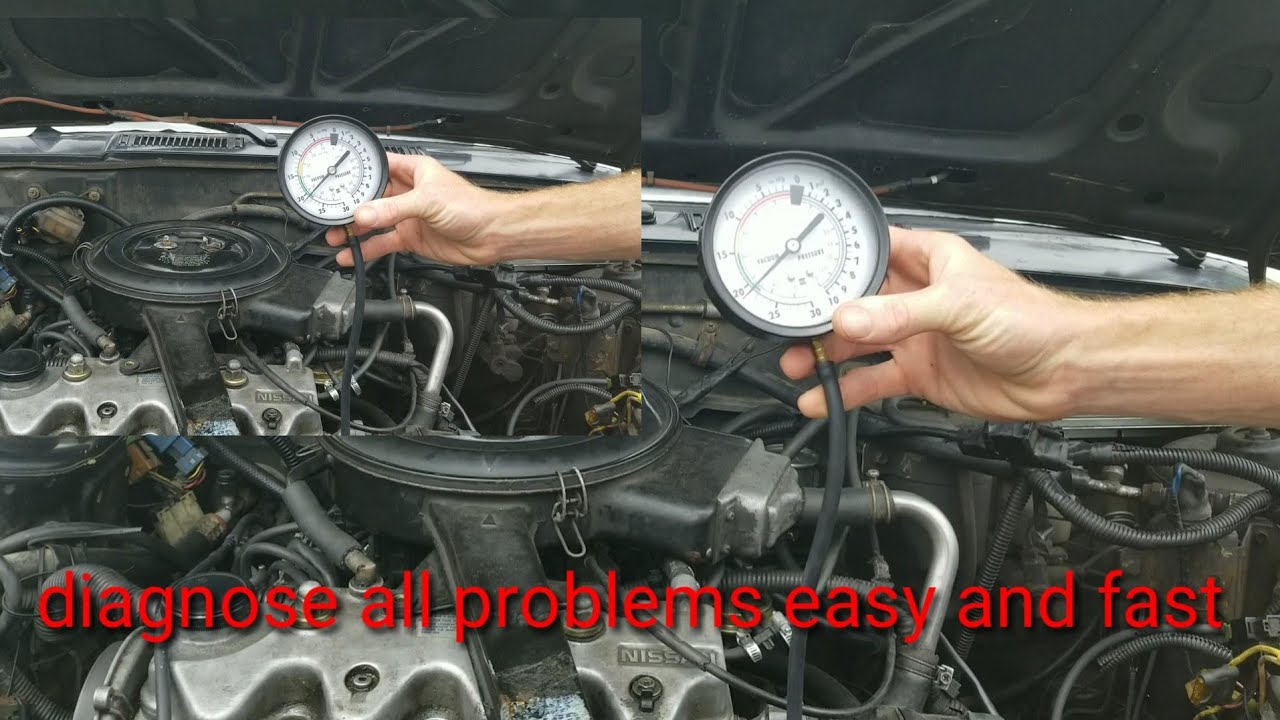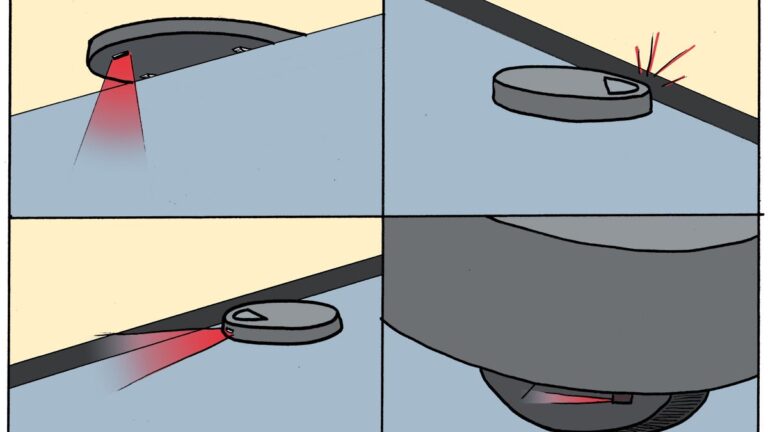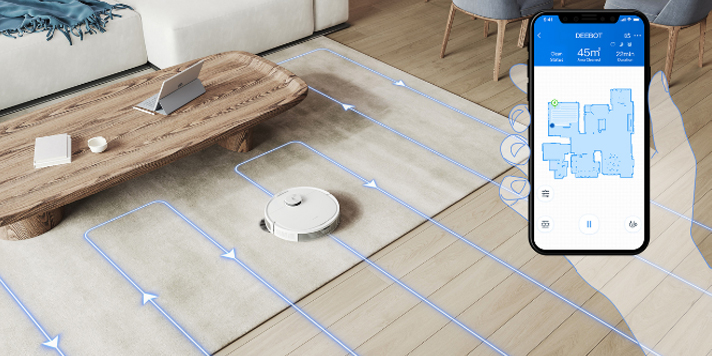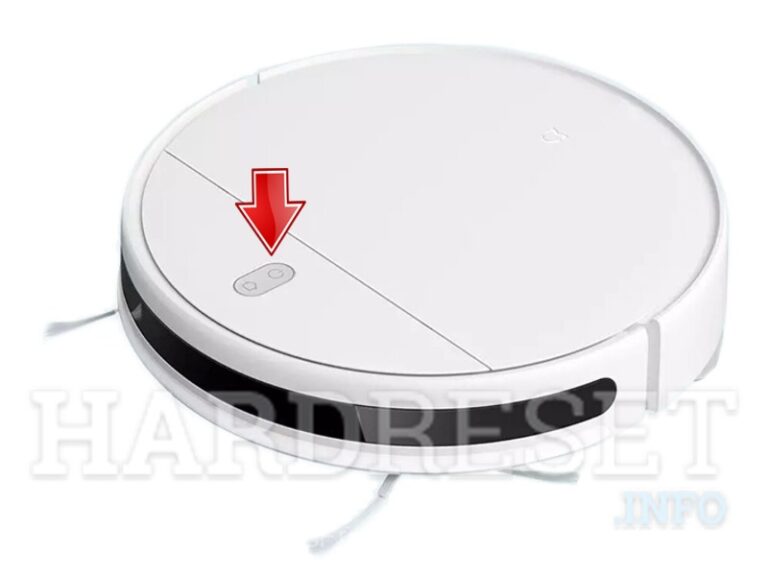How to Use Vacuum Gauge for Cars?

To use a vacuum gauge for cars, simply connect it to the intake manifold using a length of vacuum hose, and then start the engine. When the engine is running, observe the vacuum gauge for any fluctuations or abnormalities, which can indicate engine issues.
Maintaining the optimal performance of your car’s engine is crucial for its longevity and efficiency. A vacuum gauge is a handy tool that can help diagnose mechanical problems by measuring the pressure inside the intake manifold. By understanding how to use a vacuum gauge effectively, you can identify potential issues such as worn-out valves, leaking gaskets, or poorly adjusted carburetors.
We will provide you with a step-by-step guide on using a vacuum gauge for cars, allowing you to easily assess your engine’s condition and take appropriate action if necessary.

Credit: www.iwemalpg.com
Step-by-step Guide To Using A Vacuum Gauge For Cars
Using a vacuum gauge for cars is an essential tool for diagnosing engine issues and maintaining optimal performance. Whether you are a seasoned mechanic or a car enthusiast, understanding how to use a vacuum gauge correctly can help you identify problems before they become costly repairs. In this step-by-step guide, we will walk you through the process of using a vacuum gauge for cars, from understanding the basics to troubleshooting potential issues.
Step 1: Understand The Basics Of A Vacuum Gauge
Before you can effectively use a vacuum gauge, it is important to have a basic understanding of how it works. A vacuum gauge measures the amount of vacuum pressure in the intake manifold of your car’s engine.
The vacuum pressure indicates the engine’s efficiency, as well as the condition of key components like the valves, piston rings, and gaskets. By analyzing the vacuum reading, you can identify issues such as vacuum leaks, insufficient compression, or improper timing.
Step 2: Prepare Your Car For Vacuum Gauge Testing
Before you begin testing with a vacuum gauge, it is essential to ensure your car is properly prepared. Here’s what you need to do:
- Make sure the engine is turned off and has cooled down
- Inspect the vacuum hoses for any signs of wear, cracks, or leaks. Replace any damaged hoses.
- Locate the engine’s intake manifold where the vacuum gauge will be connected
Step 3: Connect The Vacuum Gauge To The Engine
With your car prepared, it’s time to connect the vacuum gauge to the engine. Follow these steps:
- Locate a vacuum port on the intake manifold. Consult the vehicle’s manual if needed.
- Disconnect the vacuum hose from the port and attach the vacuum gauge using a suitable adapter.
- Ensure a secure connection to prevent any air leaks.
Step 4: Start The Engine And Observe The Gauge Reading
With the vacuum gauge properly connected, you are now ready to start the engine and observe the gauge reading. Follow these steps:
- Start the engine and let it warm up to its normal operating temperature.
- Observe the vacuum gauge reading. It should display a numerical value and may have a scale indicating different pressure levels.
- Monitor the gauge reading while the engine is idling and when you rev the engine. Take note of any fluctuations or abnormal readings.
Step 5: Interpret The Vacuum Gauge Reading
Interpreting the vacuum gauge reading is crucial in determining the health of your car’s engine. Here’s what you need to know:
- If the vacuum gauge reading is steady and within the manufacturer’s specifications, it indicates a healthy engine.
- Lower than normal vacuum readings may indicate issues like a worn out engine, vacuum leaks, or timing problems.
- Higher than normal vacuum readings may indicate problems with the exhaust system or restricted airflow.
Step 6: Troubleshoot Potential Issues
If you notice abnormal vacuum gauge readings, it’s time to troubleshoot potential issues. Here are some common problems and their possible causes:
| Issue | Possible Cause |
|---|---|
| Low vacuum pressure | Vacuum leaks, worn piston rings, incorrect valve timing |
| High vacuum pressure | Exhaust restriction, clogged air filter, restricted airflow |
Step 7: Disconnect The Vacuum Gauge And Clean Up
Once you have finished analyzing the vacuum gauge readings and troubleshooting any issues, it’s time to disconnect the gauge and clean up. Follow these steps:
- Turn off the engine and let it cool down.
- Disconnect the vacuum gauge from the intake manifold carefully.
- Reinstall any removed vacuum hoses and ensure they are securely attached.
- Inspect the gauge for any dirt or debris and clean it if necessary.
By following these steps, you can effectively use a vacuum gauge for cars to diagnose engine issues and ensure optimal performance. Remember, regular vacuum gauge testing can help you catch problems early and save on costly repairs in the long run.

Credit: forums.neons.org

Credit: www.harborfreight.com
Frequently Asked Questions On How To Use Vacuum Gauge For Cars?
How Does A Vacuum Gauge Work On A Car?
A car’s vacuum gauge measures the amount of vacuum pressure in the engine. It helps monitor engine performance and efficiency by indicating the condition of the internal combustion process. The gauge works by connecting to the intake manifold and displaying vacuum levels on a dial or digital display.
How Do You Test An Engine With A Vacuum Gauge?
To test an engine with a vacuum gauge, connect the gauge to a vacuum port on the intake manifold. Start the engine and observe the gauge reading. Normal readings should be between 17-22 inches of mercury (inHg) at idle. Low readings may indicate engine problems like a worn valve or piston rings.
Where Do You Hook Up A Vacuum Gauge?
To hook up a vacuum gauge, locate the vacuum hose connected to the intake manifold. Disconnect the hose and attach the gauge to the port on the intake manifold.
What Is The Normal Vacuum Pressure For A Car?
The normal vacuum pressure for a car is usually between 16 and 20 inches of mercury (inHg).
Conclusion
Utilizing a vacuum gauge for your car is a crucial tool for maintaining optimal engine performance and diagnosing potential issues. By following the simple steps outlined you can effectively measure vacuum pressure and identify any signs of engine problems.
Remember, regular monitoring and maintenance can greatly contribute to the longevity and efficiency of your vehicle. Stay informed and take advantage of this valuable tool to keep your car running smoothly.




